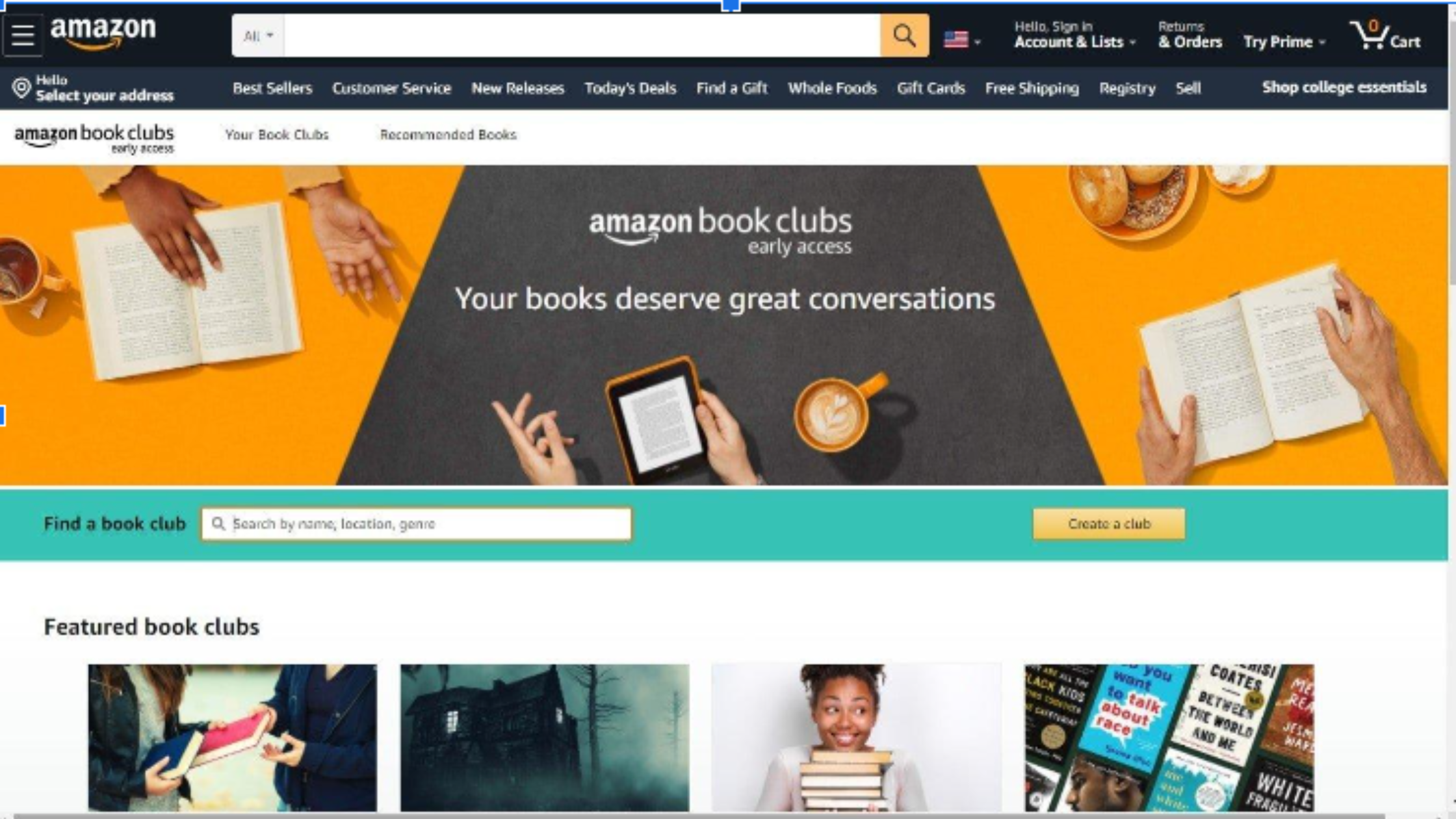If you thought selling on Amazon was cutthroat, wait until you see how competitive Amazon advertising is. Amazon PPC campaigns (pay-per-click campaigns) are a practical necessity for getting your name out there and driving sales, but substandard campaigns always struggle to get even a minor foothold against more experienced sellers.
So in this Amazon PPC guide, we want to even the playing field. Follow the five tips below to take your Amazon advertising to the next level and go head-to-head with any competitor.
Read More:- Amazon PPC : All You Need To Know About Amazon PPC Campaigns
1. Find the best keywords
Choosing the right keywords for your ads is crucial to the success of your Amazon PPC campaigns. Your keywords determine where and when your ads appear, so you want to pick the most popular choices, but the popular choices have the most competition and are typically the most expensive.
Because it’s not always straightforward, it’s best to get creative with your approach to Amazon PPC keywords. For the best results, you’ll need an SEO tool that shows the performance of individual keywords — or, if you don’t want to buy one yourself, you can always work with a service that already uses one.
Your goal is to find the ideal combination of high volume and low competition. These are rare, so you may need to compromise a little one way or the other — just try to aim as close to the center of that combination as possible.
In recent years, long-tail and full sentence keywords have become more popular thanks to voice searches from virtual assistants like Alexa or Siri. When people use voice controls, they tend to speak in complete sentences, compared to individual words when using traditional search engines.
It’s highly recommended to use negative keywords as well, to prevent your ads from popping up in irrelevant searches. Restricting where your ads appear saves you money on impressions that won’t help you and make your ad-spend much more efficient.
2. Match the right ad types to sales funnel stages
Amazon PPC campaigns offer three different types of ads — Sponsored Products, Sponsored Brands, and Sponsored Displays — each with its own individual advantages and purposes. To optimize the success of your Amazon PPC campaigns, it’s best to use each ad type at the right times; especially in relation to the stages of the sales funnel.
The sales funnel refers to the process a shopper goes through on their way to purchase, from discovering a product or brand all the way to finalizing a sale. Using the most popular version, the AIDA model, these stages are simplified as:
- Awareness — the shopper discovers a new product or brand
- Interest — the shopper researches the product or brand, and its competitors
- Desire — the shopper develops an intent to purchase and explores options
- Action — the shopper follows through on a purchase
Specifically, Sponsored Brands ads are better for the top of the funnel, if you want to attract a wider customer base or increase your brand awareness. Sponsored Products and Sponsored Display ads are best for the bottom of the funnel when you already have an adequate customer base but need a boost in actual conversions.
Read More:- Amazon PPC Campaigns | Dynamic Bidding & Bids Placement 2022
3. Build a strategy based on budget
The beauty of Amazon PPC campaigns is that they’re scalable — you can spend as much or as little as you want. This makes it easy to tailor your Amazon advertising to fit any budget, but only if you know the best ways to spend.
Large budgets of more than $500 per day work well for testing and optimization. You’re able to experiment more until you find what works best for your brand and to use broader keywords with partial matches to play the field and expand your reach.
Large spending is also more attuned to Automatic targeting campaigns, where you don’t need to micromanage. Just be sure to check in periodically to see what works and what doesn’t then modify your campaigns accordingly (more on this in the next section).
Small budgets, such as $10 per day, are far more common, especially for new and upstart sellers. With tight budgets, avoid targeting broad keywords since they cost more. It’s better to be precise with exact keyword matches and Manual targeting to conserve your ad-spend, although you’re on your own for keyword research without the funds to experiment.
4. Review performance weekly
As nice as it would be to just let your Amazon PPC campaigns run on their own, that approach is rather inefficient. To run a tight ship, you want to evaluate the performance of your campaigns regularly, at least once a week if possible.
Checking your Amazon PPC analytics reveals room for improvement and allows you to optimize each campaign for maximum results. Specifically, keep your eyes peeled for ineffective keywords and underperforming campaigns.
It’s always recommended to set your most important key performance indicators (KPIs) beforehand. Then, you can more accurately gauge each campaign’s performance week by week.
It’s also worth noting the difference between traffic and conversions. An ad can dramatically increase your traffic to a product page, but if it doesn’t increase conversions that means your ads are not hitting the right people (or the problem lies in the pricing or product itself).
Read More:- What is Amazon PPC?
5. Use a low-bid “safety net” campaign
How do you account for all the potential impressions that slip through the cracks? Try using a low-bid campaign as a catch-all to handle whatever your more focused campaigns miss.
These campaigns are simple to set. Just bundle all your ASINs into one Automatic campaign and let it run on its own. Because these campaigns are looser and more extraneous, you don’t need to spend much on them; bids of 5-25 cents are just fine.
This type of Amazon PPC campaign is designed to run autonomously, with little need for intervention or modification. Think of it as a safety net to catch all the miscellaneous impressions your other campaigns couldn’t reach for whatever reason. After all, even the most well-managed campaigns can’t cover every nook and cranny.
We can manage your Amazon PPC campaigns for you.
Managing Amazon PPC campaigns can be a lot, especially if your focus is more on sales than marketing. It can take a while to develop your instincts about how much to bid or which keywords to use, and longer still to see which methods work best for your particular needs.
Our Amazon PPC campaign management handles all these details for you so you don’t have to give it a second thought. Our SEO specialists and seasoned Amazon analysts already have plenty of experience with PPC campaigns, ad types, and selling on Amazon in general. You can leverage their experience to make it work for your brand.
See how we can help you optimize your Amazon PPC campaigns. Schedule a free consultation now and we’ll answer any questions you might have.

Kamaljit Singh is the Founder and CEO of AMZ One Step and a former Amazon seller. Kamaljit has been featured in multiple Amazon podcasts, YouTube channels. He has been organizing meetups all around Canada and the US. Kamaljit has over 350,000 views on his Quora answers regarding FBA. Kamaljit also founded AMZ Meetup where he organizes conferences for Amazon sellers.



























